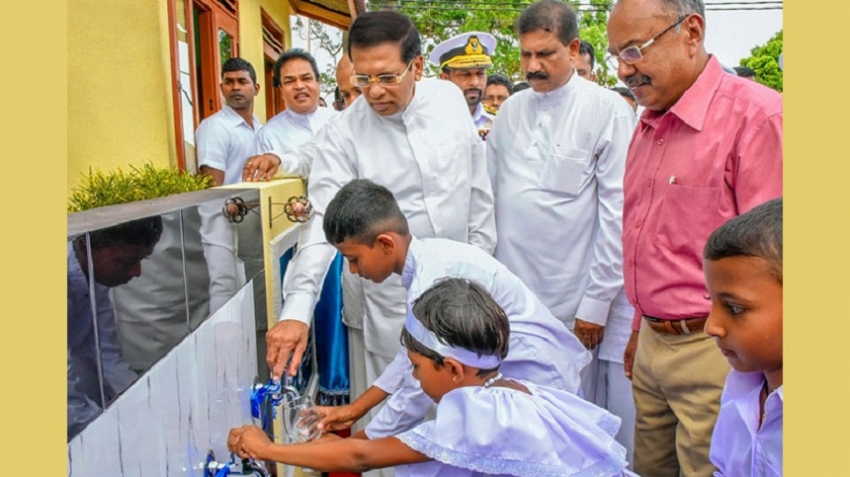Dehiattakandiya, Padaviya, Nikawewa, Medawachchiya, Kabithigollawa, Girandurukotte and Medirigiriya in the north-central province have been identified as areas affected by Kidney Disease. According to information gained through hospitals, the first recognized CKDu patient was announced in the 1990s from Padaviya. It is the largest province in the country with more than 65 per cent of the farming population with low socio-economic status.
The Sri Lankan kidney patients have common features. The victims are farmers. They suffer from a rare form of kidney damage or failure. A few also suffer from diabetes and hypertension, common risk factors leading to kidney disease. According to the results over the last 10 years, the cause is likely to be pesticides and fertilizers (Sabaragamuwa University Journal, 2014).
Most importantly, agriculture is the primary occupation in the affected areas. The primary source of income is paddy cultivation.
The inconvenient truth about the farmers is they have lower incomes. Therefore, the environmental benefits or long term hazards have never been a bother for them. They are always interested in maximising their crop yields and achieve high profits to make ends meet. This phenomenon results in adding more fertilizer to soil and application of agrochemicals to crops. It has become a common practice.
The disease has a direct impact on the average farmer’s everyday life. As the disease worsens, the breadwinners become too ill to carry on with farming. Owing to subsequent economic hardships, the children of the affected families tend to drop out of their basic education.
The families have to grapple with the sudden collapse of economic and social conditions. The children whose both parents are affected by the kidney disease are deserted.
Taking immediate action to control and prevention of kidney disease in the Rajarata region has, therefore, become an important national responsibility and a priority.
President Sirisena’s direct contribution
According to statistics, 10 per cent of the population worldwide is affected by chronic kidney disease and millions die each year because they do not have access to affordable treatment according to the World Health Organization.
With the initiation of President Maithripala Sirisena, a Memorandum of Understanding was signed for the project of transplanting the kidneys of brain-dead patients to patients in need of new organs. The Presidential Task Force on Prevention of Chronic Kidney Disease, conducted under the supervision of President Sirisena, has taken a step in collaboration with Health, Nutrition and Indigenous Medicine Ministry to conduct a project at Kandy hospital to transplant the kidneys of brain-dead patients in the patients currently suffering from the disease. The President appointed the Task Force in 2015. The largest kidney hospital in South Asia, which is being built in Polonnaruwa with a grant of Rs 1.2 billion from China, will accommodate equipment, beds for 200 patients, 100 dialysis machines, six modern operating theatres and residential facilities for the hospital staff. The hospital is a brainchild of President Maithripala Sirisena, who has been deeply concerned about the wide prevalence of kidney disease in the rural areas. The project is expected to be complete within 24 months, in July 2020.
A CKD centre named Methsiri Sevena will be open in Anuradhapura in March. The centre will assist patients from distant areas visiting the Anuradhapura Kidney hospital for treatment, dialysis and kidney transplant at surgeries. It will cost the Presidential Task Force Rs 300 million for the prevention of kidney diseases.
In addition, the President offered pure drinking water to the Blessed Jaya Sri Maha Bodhi, collected from 500 water purification systems established at a cost of Rs 800 million. The purification systems have now been vested with the public.
The International Society of Nephrologists (ISN) felicitated President Maithripala Sirisena for his extraordinary contribution to the fight against Chronic Kidney Disease in the country with a special award in 2016. The ISN recognized the President’s commitment and dedication to the prevention of kidney disease in Sri Lanka.
This was the first time a Head of State was felicitated by an ISN award for extraordinary contributions to Kidney




















